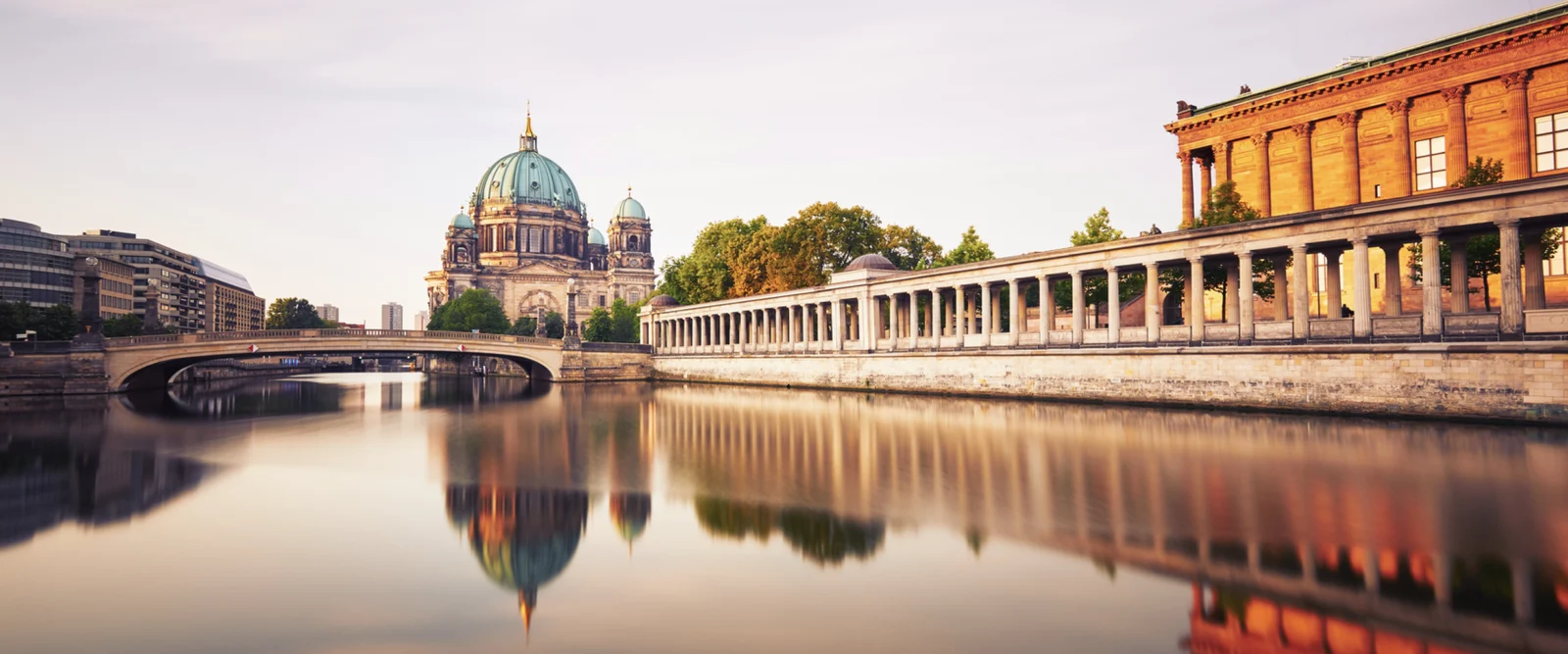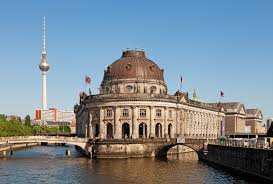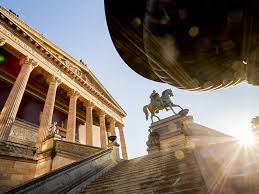Description
Museum Island (Museumsinsel) is a unique cultural complex in the heart of Berlin, Germany, situated on the Spree River. It comprises five world-famous museums: the Altes Museum, the Neues Museum, the Alte Nationalgalerie, the Bode Museum, and the Pergamon Museum. This ensemble, developed mainly in the 19th and early 20th centuries, represents a remarkable achievement in architecture and museum design, showcasing art and artifacts from antiquity to the 19th century. Its careful planning and historic significance led UNESCO to designate it a World Heritage site in 1999.
Each museum on the island has a specialized focus. The Altes Museum houses classical antiquities, while the Neues Museum is famous for Egyptian and prehistoric collections, including the iconic bust of Nefertiti. The Alte Nationalgalerie focuses on 19th-century art, and the Bode Museum emphasizes Byzantine art, coins, and sculptures. The Pergamon Museum, perhaps the most famous of them all, features monumental reconstructions of ancient architecture and Near Eastern artifacts. Together, these institutions offer visitors a comprehensive journey through human artistic and cultural history.
Museum Island is not only a center for public exhibitions but also a hub for research, restoration, and education. Its interconnected layout and scenic riverside location make it a popular destination for both tourists and scholars. Recent renovations and modernizations aim to enhance accessibility and preserve these historic structures, ensuring that Museum Island continues to serve as a vibrant cultural landmark in Berlin for generations to come.
Location
-
Bodestraße 1-3, 10178 Berlin, Germany






